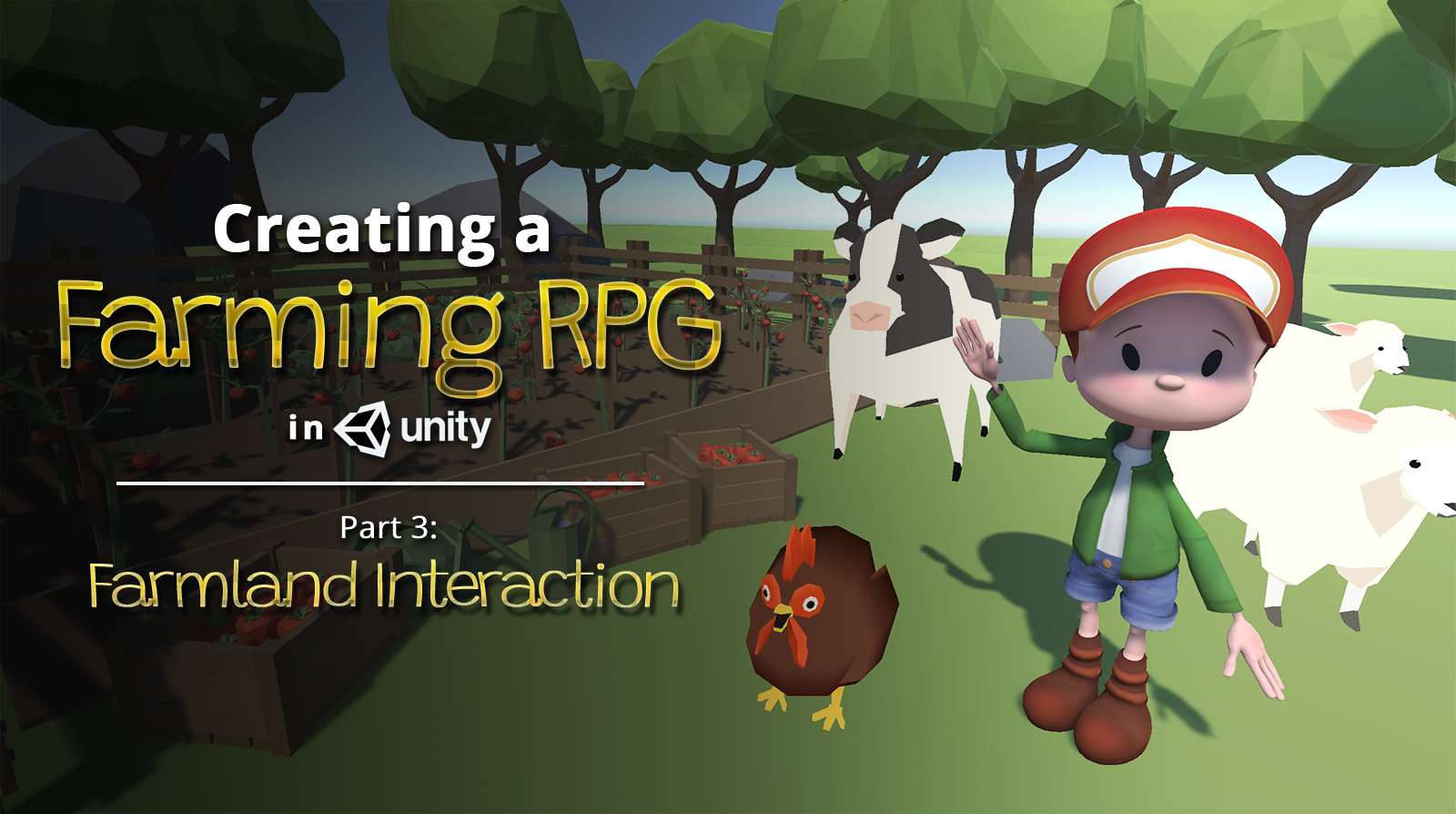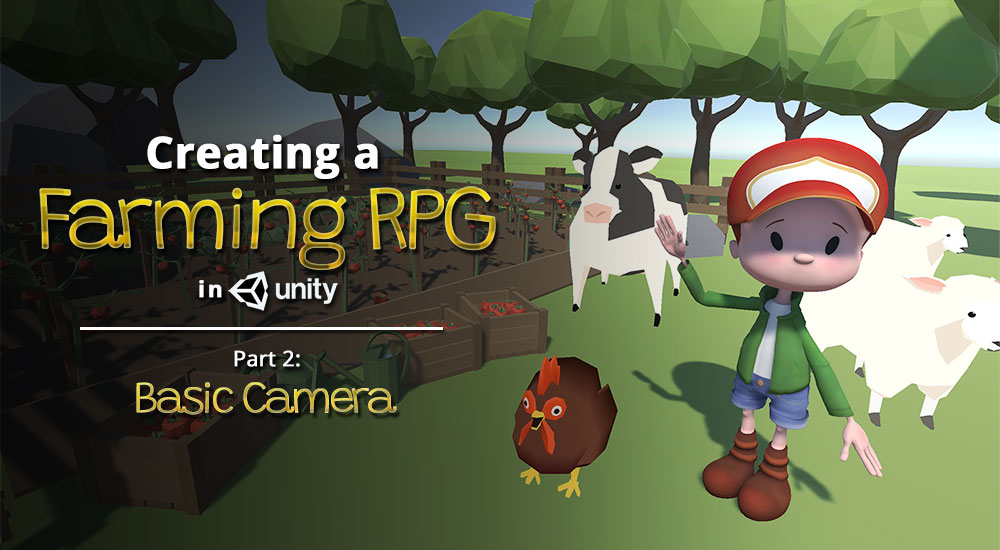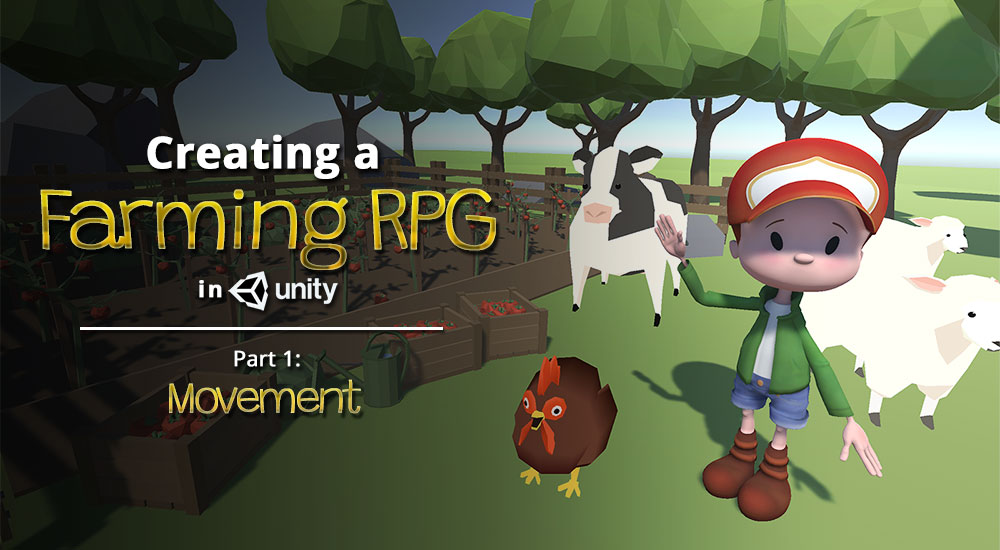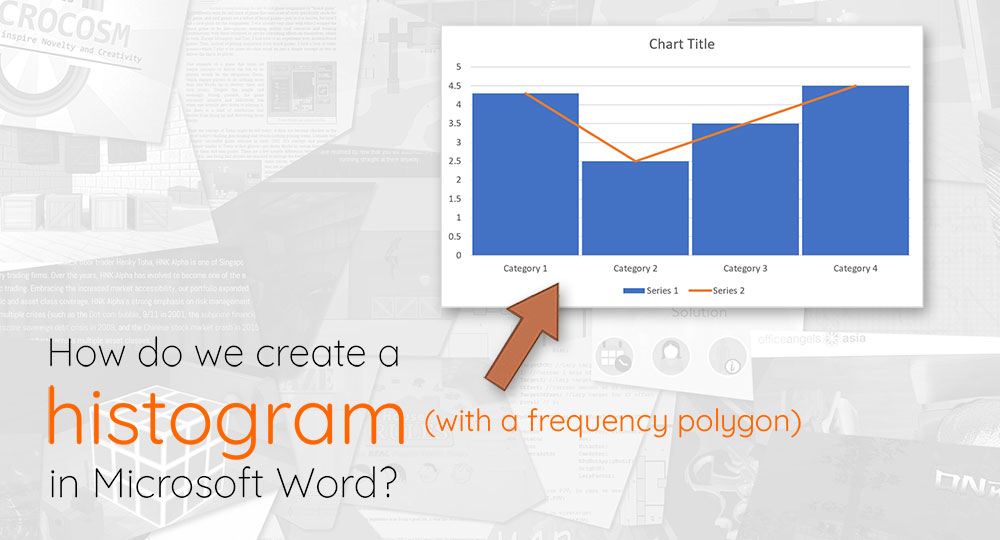Ever wanted to create a game like Harvest Moon in Unity? Check out Part 4 of our guide here, where we go through how to create an item management system. You can also find Part 3 of our guide here, where we went through how to set up farmland elements that our player character will interact with.
Continue reading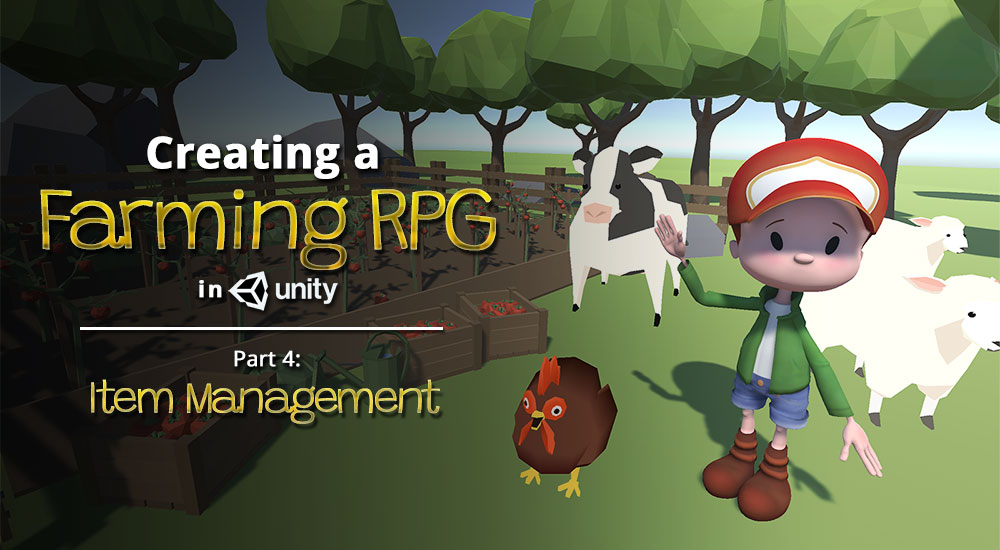
Creating a Farming RPG (like Harvest Moon) in Unity — Part 4: Item Management
This article is a part of the series:
Creating a Farming RPG (like Harvest Moon) in Unity

